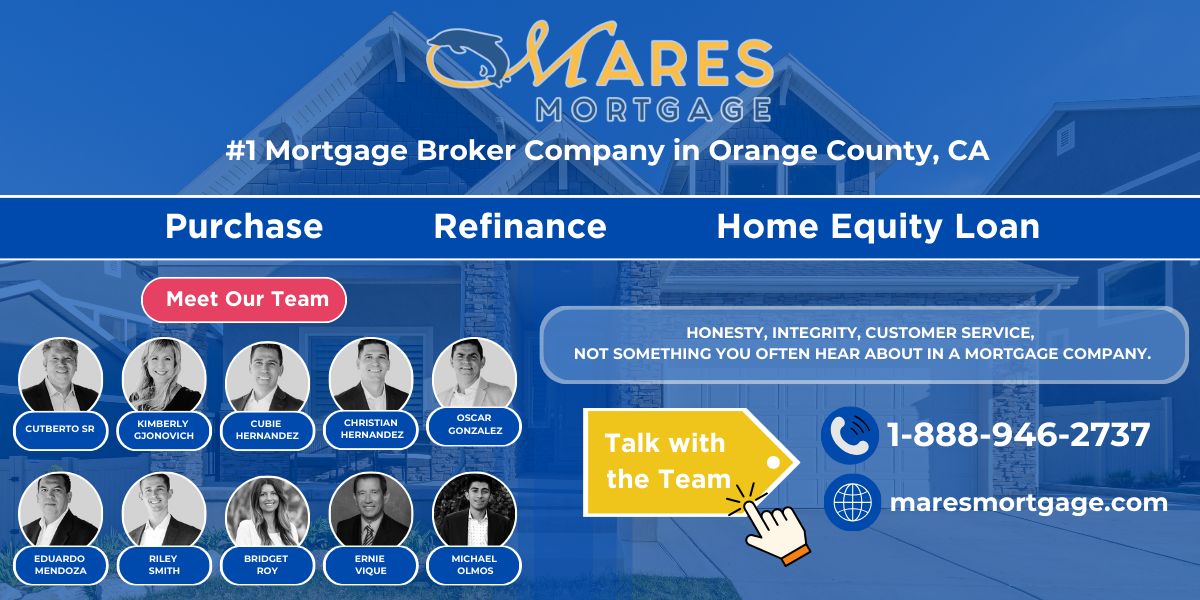Buying your first time home buyers in California feels overwhelming at first. The state's housing market doesn't exactly roll out the welcome mat with its high prices and fierce competition. But thousands of people make it happen every year, and you can too. California offers some of the most robust assistance programs in the country, and understanding what's available puts you ahead of the game.
In California, being labeled a first-time homebuyer doesn’t necessarily mean you’ve never owned property before. The rule is that you can qualify again if you haven’t held a home in the past three years, so someone who sold four years ago would be eligible. This broader definition gives more people access to first-time buyer programs than most realize.
The California Housing Finance Agency (CalHFA) anchors most state-level programs around this three-year rule. Local programs through cities like Los Angeles, San Diego, and Garden Grove add another layer of options, each with their own eligibility requirements.
Related: How Home Appraisals Work: A Beginners Guide
Most lenders want to see a credit score of at least 620. Some programs accept scores in the 660 to 680 range, depending on other factors in your financial picture. If your score sits below these thresholds, spend a few months improving it. The difference in your mortgage interest rates could save you tens of thousands over the life of your loan.
Income limits vary by county and program, and while CalHFA serves low to moderate-income families, the actual limits may surprise you. For example, a family of four in Orange County can earn more than the same family in Kern County and still qualify. Down payments range from 3% for FHA to up to 20% for conventional loans, but California assistance programs can cover most or all of that through deferred loans repaid only when you sell or refinance.

CalHFA's MyHome Assistance Program provides up to 3.5% of your purchase price for FHA loans and 3% for conventional loans. These come as silent second mortgages with no monthly payments. You only repay when you sell, refinance, or pay off your mortgage loan.
The Golden State Finance Authority offers up to 5.5% assistance through its Platinum Program, combining a second mortgage with possible grants. Local options can be even larger, with Los Angeles offering $161,000, San Diego $50,000 total, and Santa Ana up to $120,000. Since most programs have limited funds available on a first-come basis, it’s important to act quickly once you qualify.
Related: Conforming Loan Limits in California
Almost every assistance program requires an eight-hour homebuyer education course. You'll learn about budgeting, credit management, the lending process, and working with real estate agents. Courses run in person or virtually through platforms like eHome or NeighborWorks America.
The course concludes with a one-on-one counseling session where you review your specific financial situation. You'll walk away with a certificate required for your program application and a clearer picture of what buying a home in California actually involves.
Budget three to six months for preparation before you start house hunting. California's median home price hovers around $900,000, but prices vary wildly by region.
Pre-approval shows a lender has verified your finances and committed to lending you a set amount, which is often required in California’s competitive market. Sellers rarely consider offers without a pre-approval letter, making it a key first step. To speed things up, gather documents like tax returns, pay stubs, bank statements, and explanations for deposits or credit issues in advance.
Shop around. Different lenders offer different rates and terms. Ask about their experience with first-time buyer programs and whether they work with CalHFA or local assistance programs. When comparing offers, look beyond the interest rate. Consider closing costs, points, and whether the mortgage rate is locked or floating.
California homes often attract multiple offers within days, so a pre-approval letter and a clean offer with few contingencies give you an edge. While you can’t waive an appraisal with a mortgage, you can shorten inspection timelines or be flexible on closing dates. Work with your agent on comps, stay within budget, and avoid overbidding in a frenzy, another opportunity will come.

Once your offer is accepted, you enter escrow for 30 to 45 days to complete inspections, finalize financing, and review disclosures. California requires a Transfer Disclosure Statement for property conditions and a Natural Hazard Disclosure for risks like earthquakes, floods, and fires. Your lender will also order an appraisal, and if it comes in low you may need to renegotiate, pay more upfront, or withdraw.
Homeowners insurance is mandatory before closing. California's rates run higher than many states due to earthquake and wildfire risks. Some homebuyers are shocked by premium costs and need time to adjust their budgets.
San Diego Housing Commission serves buyers earning up to 150% of area median income with $40,000 in down payment help. Los Angeles County operates through the Development Authority with HOP80 and HOP120 programs offering up to 20% assistance with shared equity components.
Orange County cities like Garden Grove and Santa Ana run their own programs. Garden Grove provides up to $110,000 for low-income households, while Santa Ana offers up to $120,000 with 0% interest rates. Bay Area buyers should look into the Home Access Program offering up to $200,000 in assistance for Alameda and Contra Costa counties.
Each program has unique requirements around income limits, property types, and occupancy terms. Read the fine print before applying.
Start your application today to see which programs you qualify for and get personalized guidance through the process.
California homeownership isn't out of reach. The assistance programs exist because the state recognizes the challenges its housing market creates. Between CalHFA's statewide offerings, local city programs, and various loan types, you have more options than you probably realized.
The key is starting early and staying organized. Get your finances in order, complete that education course, and build relationships with lenders who specialize in first-time buyer programs. Yes, California's market is expensive and competitive. But it's also full of opportunity for prepared buyers who know what resources are available and how to use them effectively.
